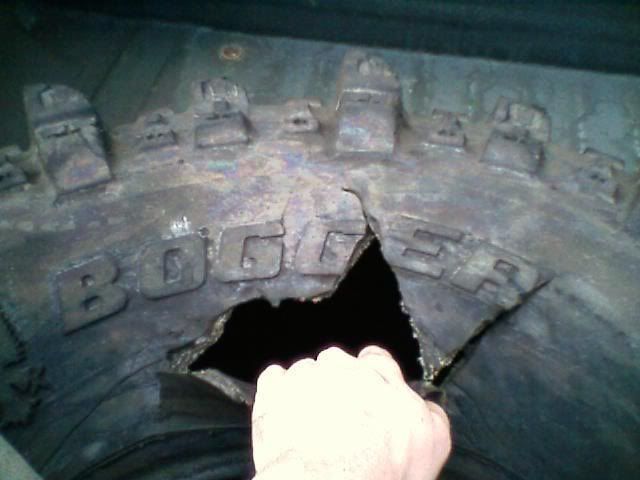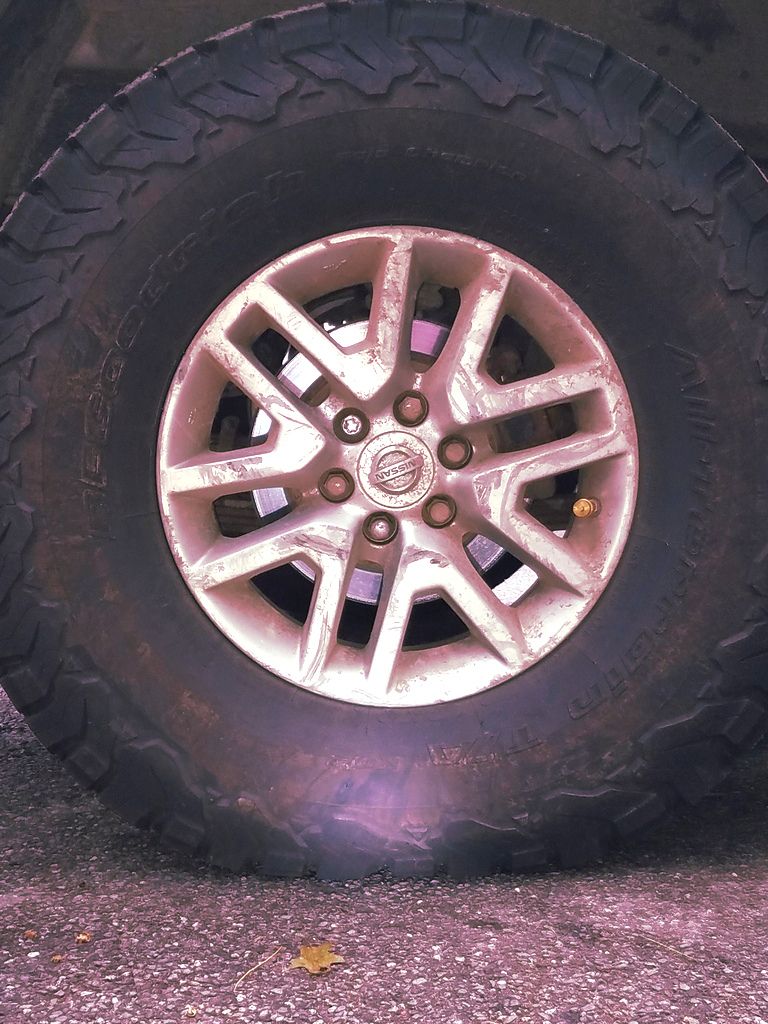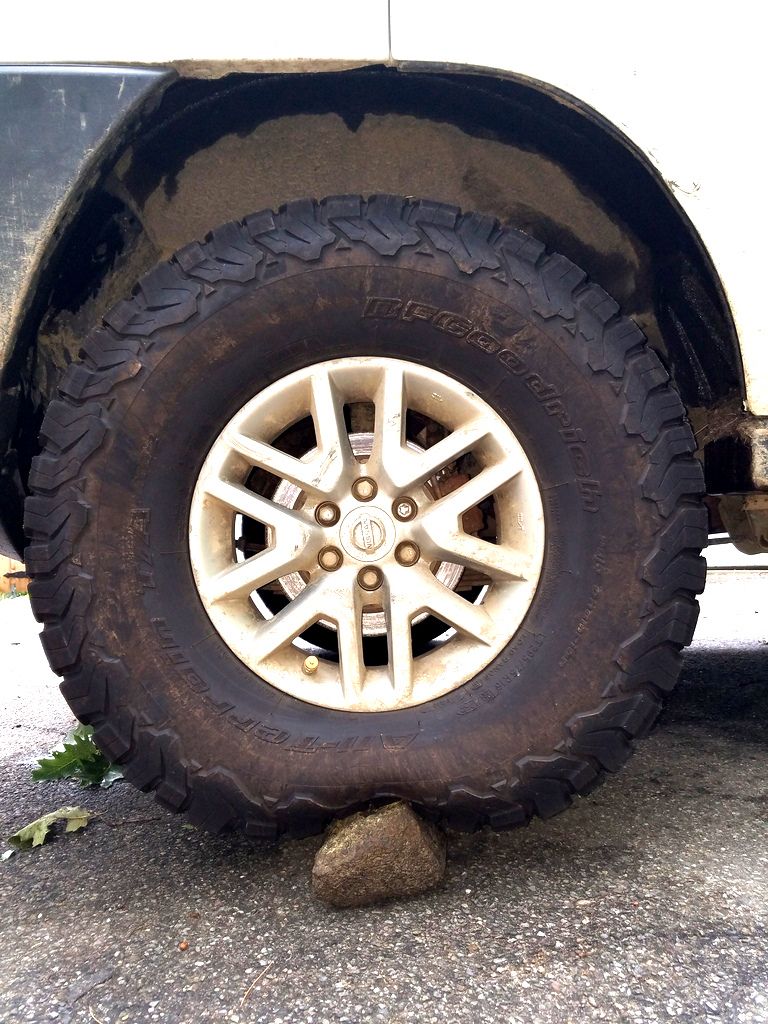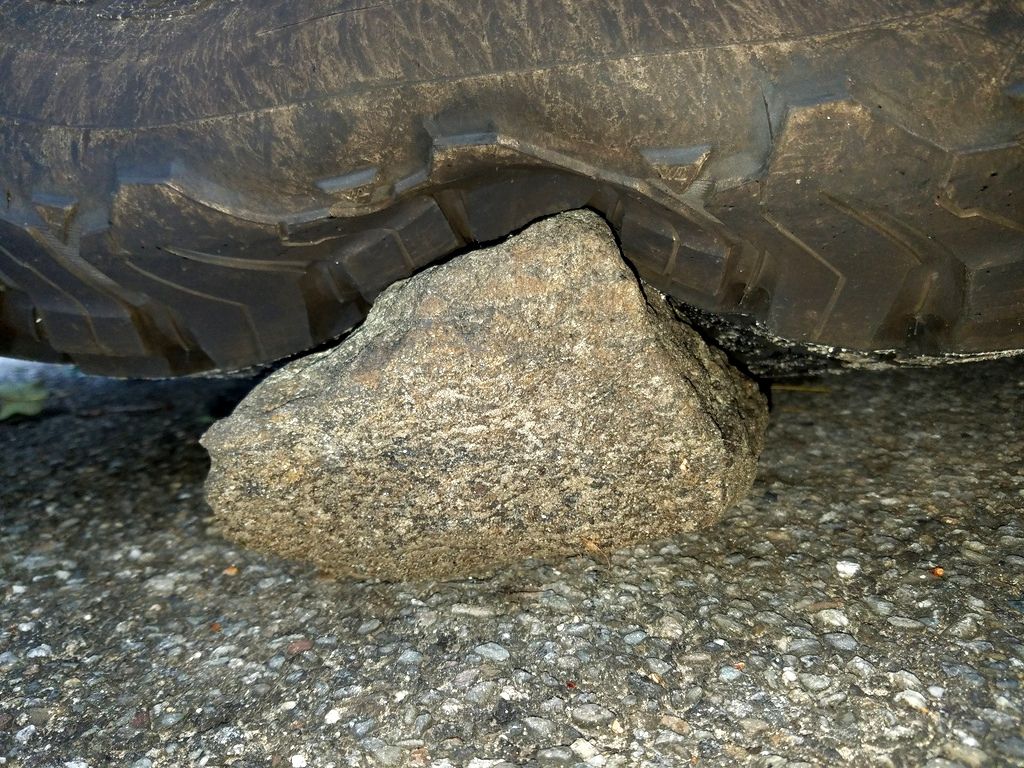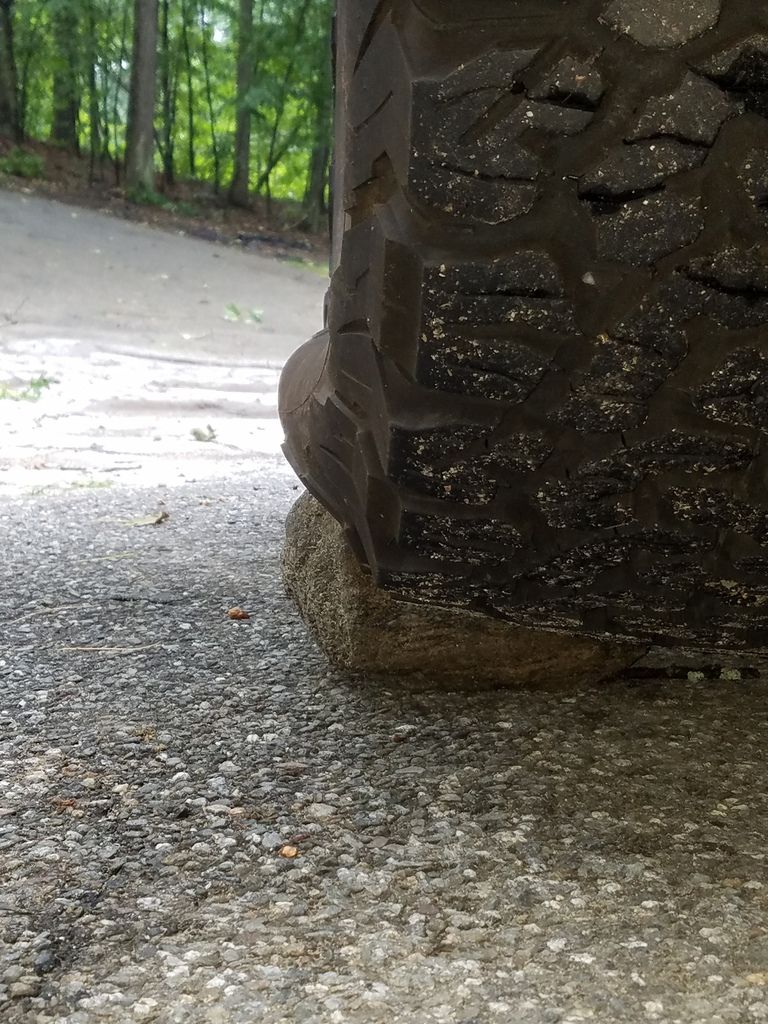They aren't actually plys or layers of material any more. The MTRs use Kevlar in their side walls. That is strong stuff.
kevlar is manufactured as a fiber, that can be woven into a fabric.
i have an mtr that's got a rip in the sidewall, i can see the ply layer.
"Kevlar is the registered trademark for a para-aramid synthetic fiber, related to other aramids such as Nomex and Technora. Developed by Stephanie Kwolek at DuPont in 1965,[1][2][3] this high-strength material was first commercially used in the early 1970s as a replacement for steel in racing tires. Typically it is spun into ropes or fabric sheets that can be used as such or as an ingredient in composite material components."
"Goodyear gave some of its dealers and members of the media a chance to test out its Wrangler All-Terrain Adventure, made with a DuPont Kevlar aramid belt" http://www.tirebusiness.com/article/20130802/NEWS/130809984/goodyear-unveils-kevlar-belted-wrangler




